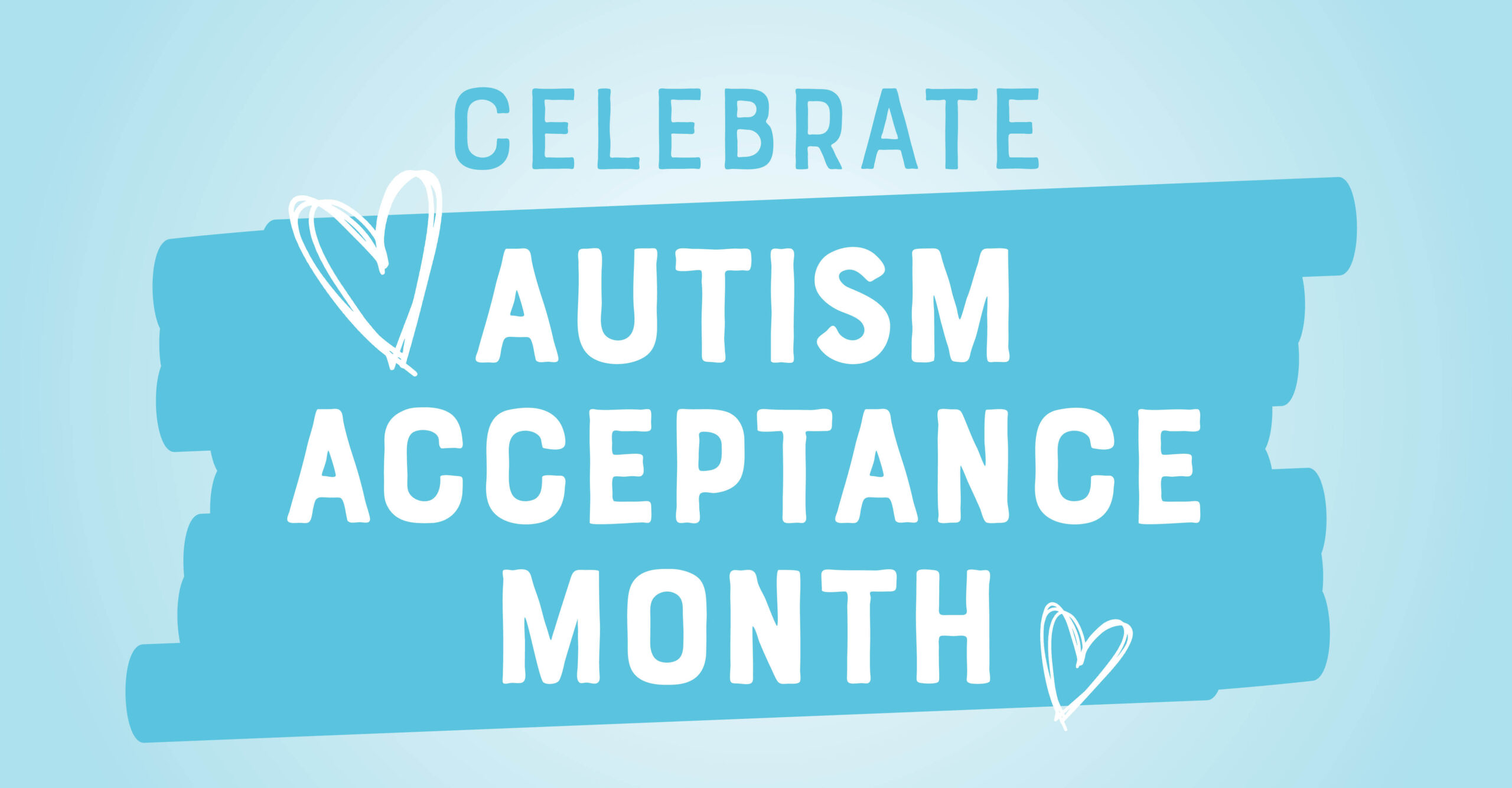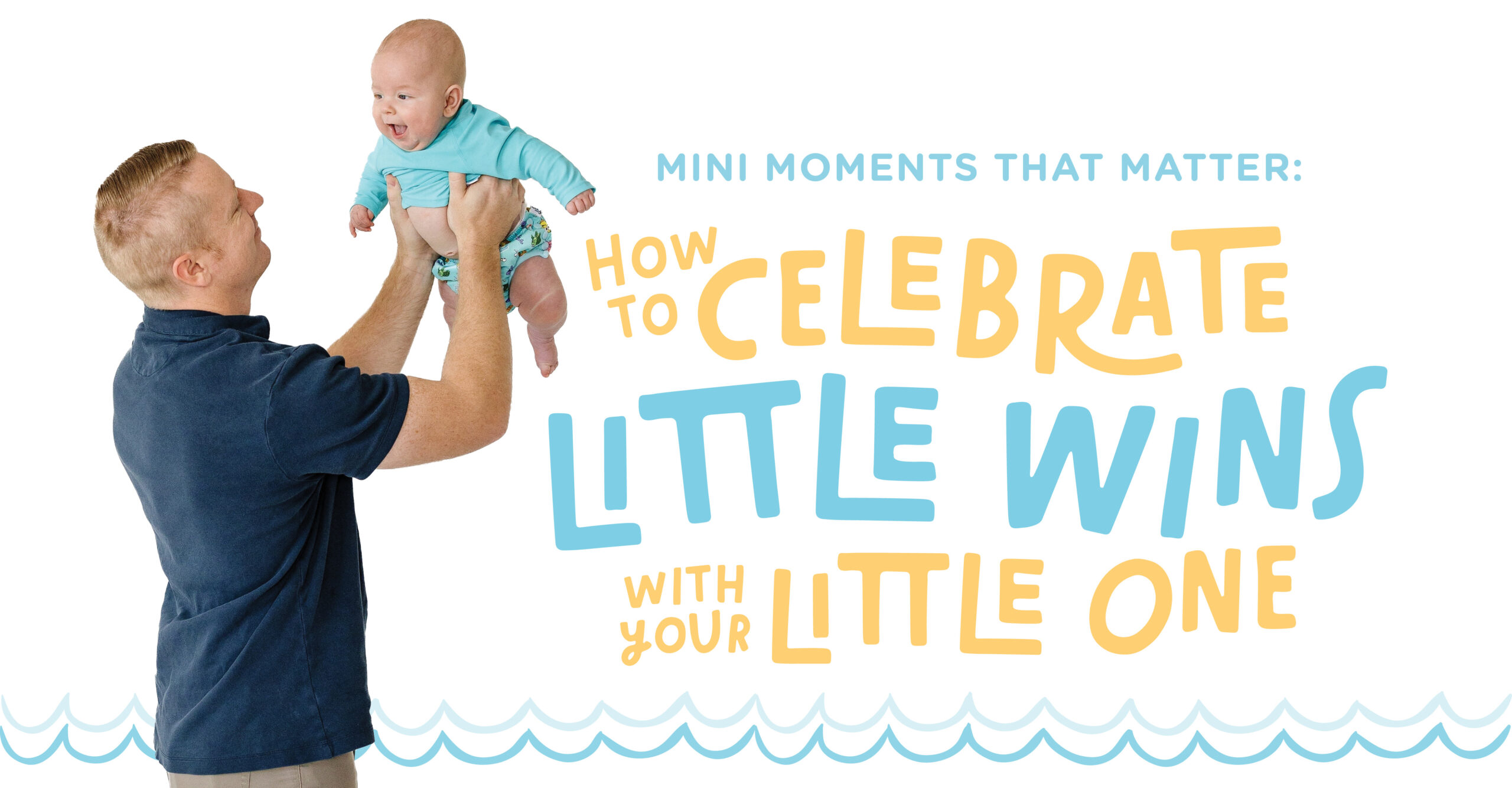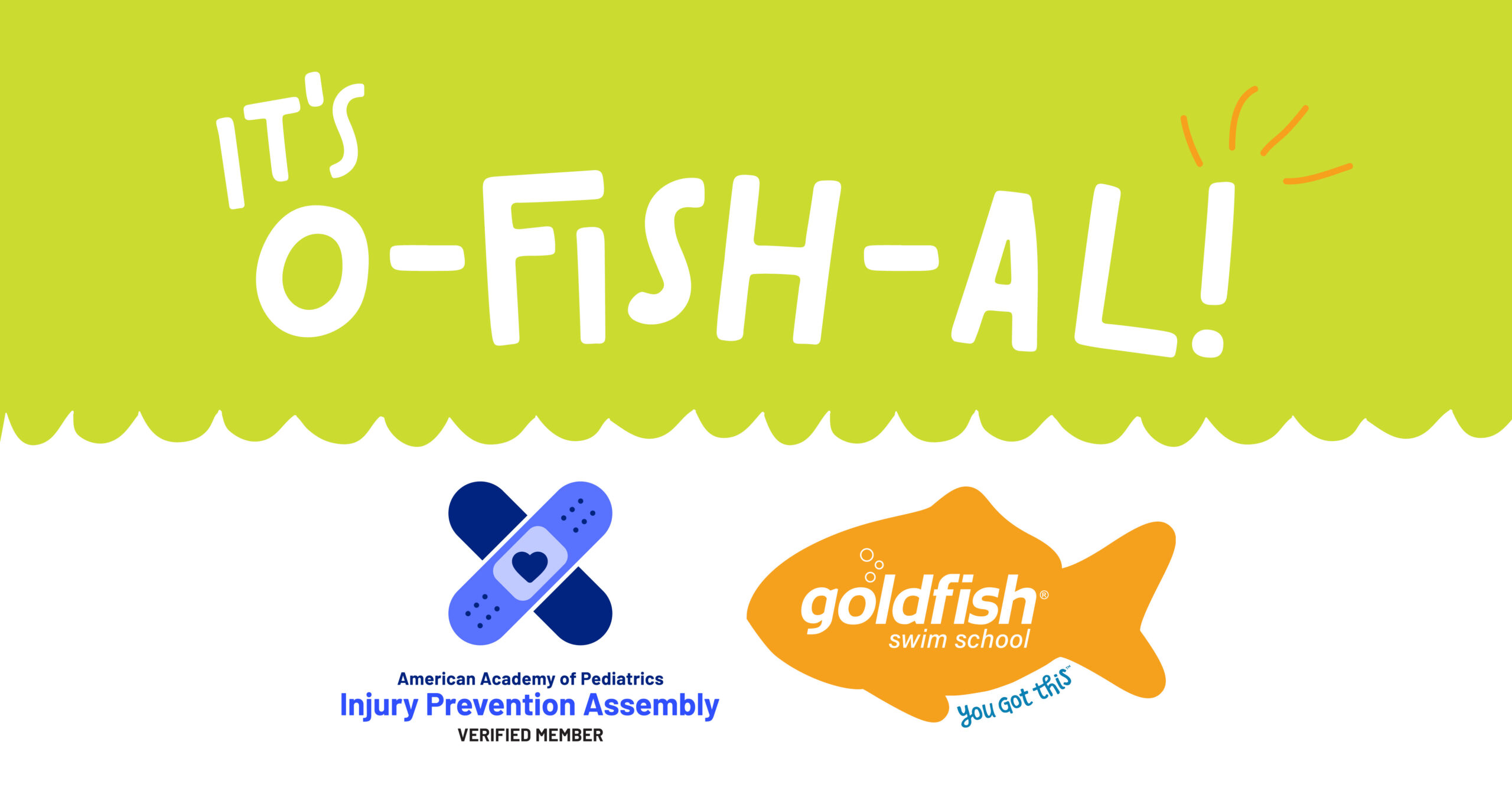Celebrate Autism Acceptance Month The Water Safety Way!

It’s no secret that we’re passionate about water safety and drowning prevention. We share it with our communities, teach it in our swim lessons, and spread the word on social media – it’s everywhere! We want everyone, everywhere to be safer in and around the water.
What better time to spread the word about water safety and drowning prevention for our friends with autism than during Autism Acceptance Month?! We know that kiddos with autism are more drawn to the water, and while we love their love for it, we also know that it’s extra important to have a plan in place for keeping them as safe as can be! Here are a few tips for keeping your child with autism safer in and around the water.
Swim Lessons, Swim Lessons, Swim Lessons!

We know it may seem obvious coming from us, but swim lessons really are the absolute best way for kids to learn vital, life-saving skills. From climbing out Fin-Fin-Belly-Flipper to rolling onto their back to take a breath, the skills they learn in swim lessons can be applied to fun days at the pool or beach and in case of an emergency. They’re also a great sensory and socializing activity for kiddos! At Goldfish, our instructors use patience, calm voices, and consistent check-ins when working with autistic children to make sure kiddos are comfortable during lessons – so they can learn and have fun!
Child Proofing is Key
As we look around our homes, there are a lot of spaces we may not even think to child-proof. The truth is that children with autism are 160 times more likely to experience drowning than their typically developing peers, and it can happen in as little as two inches of water. That means keeping our kiddos safe extends beyond the backyard pool or neighborhood swimming hole. It includes our toilets, bathtubs and even our kitchen sinks. Anywhere that has access to water can be a hazard, especially with curious little kiddos. Toilet locks and faucet covers can help in bathrooms and kitchens, and door knob covers are great for preventing wandering into the backyard.
Have a Safer Swimmer Guard in Place

Unfortunately, drowning is the number one cause of death for children on the autism spectrum ages 14 and under, so it’s crucial that a Safer Swimmer Guard is always on duty! A Safer Swimmer Guard is a designated adult whose sole responsibility is watching the children near or in the water. This means phones are put away, conversations are paused, and the adult is watching the kids diligently. Safer Swimmer Guards can of course take turns, but one should always be assigned during pool or beach time!
While we’ve made it our mission to teach kids to be safer in and around the water, there is so much that can be done outside of our schools! Start in your own space and with your own child. Together, we can create a world of safer swimmers – one swim lesson, one door knob cover, one Safer Swimmer Guard at a time!



